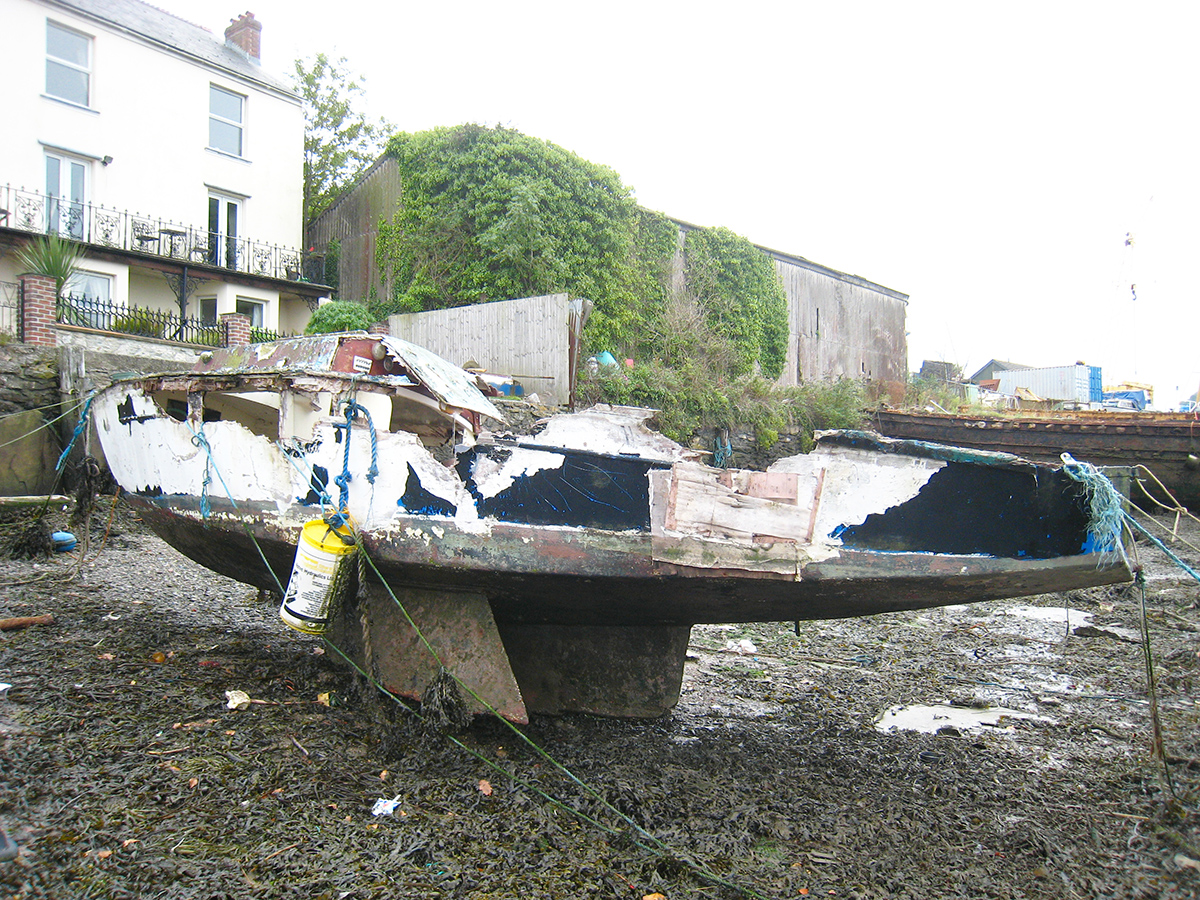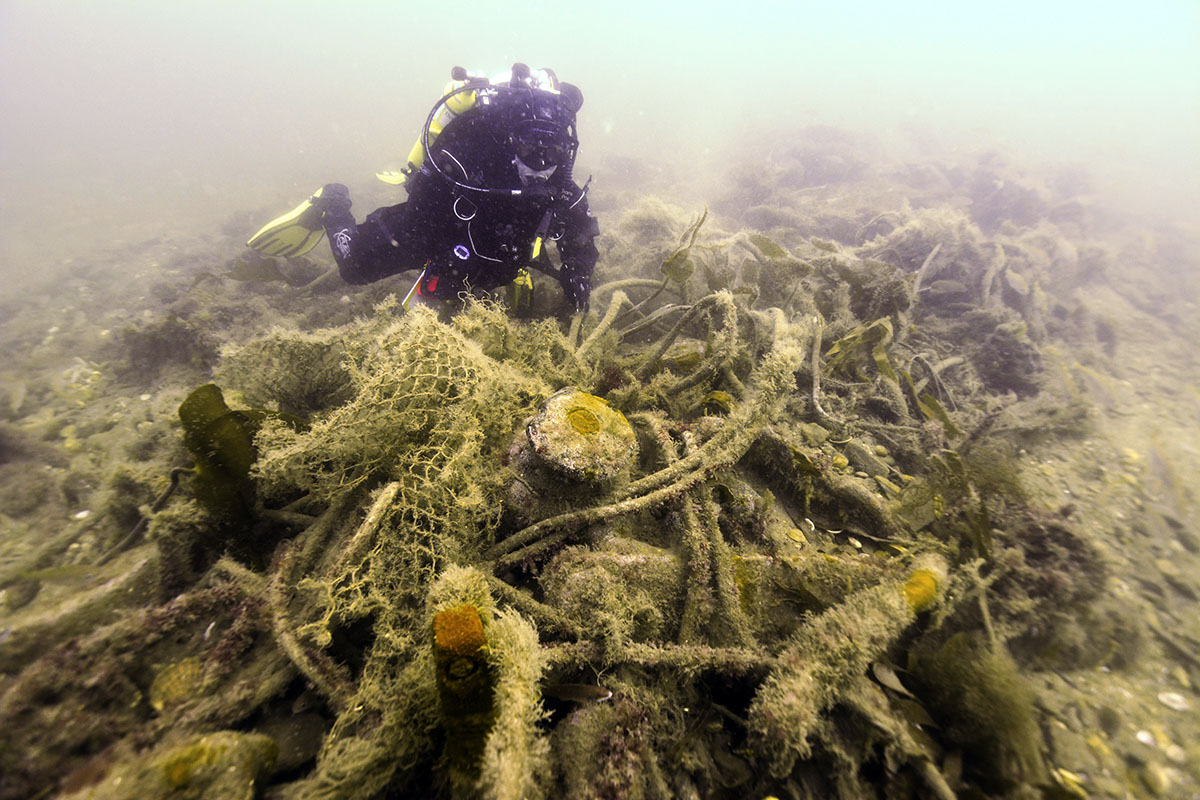Pollution in Plymouth Sound and its Estuaries
The 1000 Tyres Project aims to clean up Plymouth Sound by removing polluting materials like tyres and plastics.
We want to improve the health of the Tamar ecosystem as it will bring benefits to the local marine and bird life, the City of Plymouth and the people who live there. When nature is left alone it is often capable of regeneration, but we are limiting the natural regeneration in Plymouth Sound by leaving polluting materials in the ecosystem.
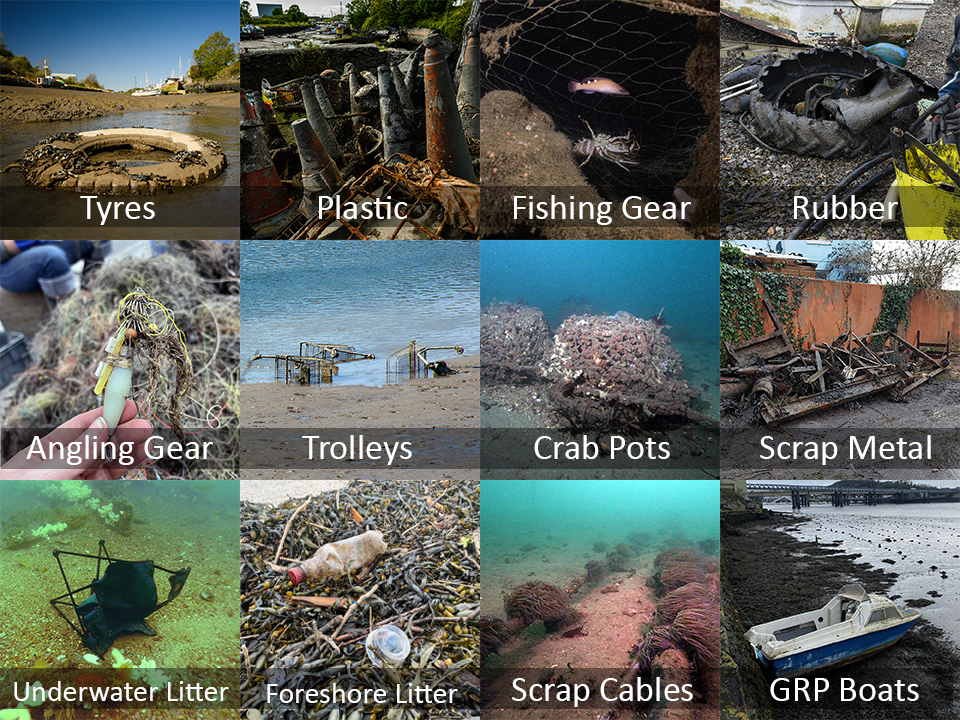
The 1000 Tyres Project believes that if we are to improve the health of the marine life in the Tamar waterway then we need to start tidying up. The state of the waterway is monitored regularly because the rivers, Sound and foreshore are covered by many environmental regulations. But this work concentrates on modern pollution in the water itself, floating plastic pollution, or pollution visible on the foreshore. The pollution hidden beneath the waves also affects the health of the ecosystem, so we are keen to remove as much polluting material as possible from the Tamar waterway.
Many of the harmful substances to be found on and buried in the seabed in Plymouth Sound and its estuaries were put there several decades or centuries ago so can be called ‘historic’. Few people ever get to see what is on the seabed in Plymouth Sound, so the volume of rubbish abandoned there is not widely known.
Plymouth Sound, often referred to locally as ‘The Sound’, is a wide and shallow tidal bay on the south coast of England that opens to the south into the English Channel. The eastern side is in the county of Devon while the western side and the seabed in the Sound are within the county of Cornwall. Two rivers flow into the north end of Plymouth Sound, the smaller river Plym to the east joins at Mount Batten while the larger river Tamar joins at The Narrows in the west. The ‘Tamar Waterway’ is a name given to Plymouth Sound and the many rivers and estuaries that connect to it.
The average depth of water inside the Breakwater is about 6m at low tide, south of the Breakwater the average depth is approximately 10m. If you stand on Plymouth Hoe at the north end of the Sound and look south toward the English Channel, the water in the Sound looks deep, but there is only a very thin layer of water covering a mainly flat seabed, more like a puddle than a bowl.
The depth of water varies with the state of the tide, increasing 2m on a neap tide and 5.7m on the biggest spring high tide. On the biggest tides, the depth of water inside the Sound doubles when the tide comes in. The tides provide regular changes of water in the Sound and wash some of the floating and dissolved pollution out to sea.
What can still be found on the seabed and riverbeds of the Tamar waterway is the remains of all the historic pollution dumped into Plymouth Sound. Fortunately, the largest volume of pollutants was historic sewage and organic material which became food for marine life, so little of that now remains. What does remain on and within the seabed is a mix of materials including plastics, rubber, metals, concrete, fibreglass (GRP), glass and ceramics.
Glass and ceramics (pottery) are a low-level hazard, so we do not intend to remove the historic material. We will not be recovering unexploded ordnance and any that we discover during recovery operations will be reported to the relevant authorities.
This material will be recovered in a series of operations targeting areas of the seabed and foreshore, the material is sorted and taken for recycling by commercial partners of the 1000 Tyres Project. Only material that can be disposed of at that time is recovered and any other material is recorded so that it may be dealt with later. The project records the location, weight, type, and material of everything that is recovered so the true extent of the historic pollution problem in the Tamar waterway is documented.
Last updated 18 May 2023

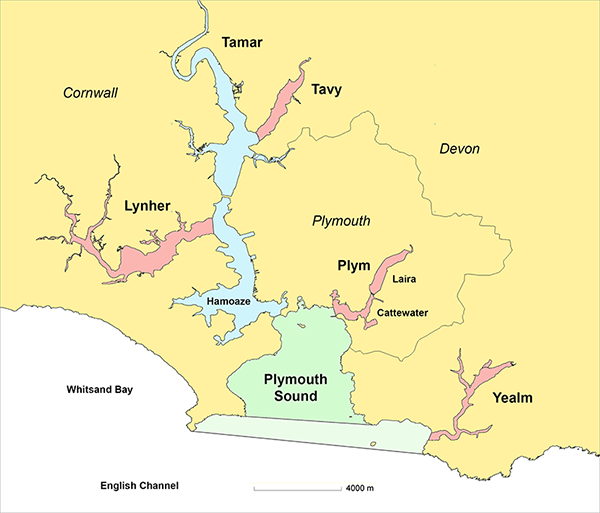
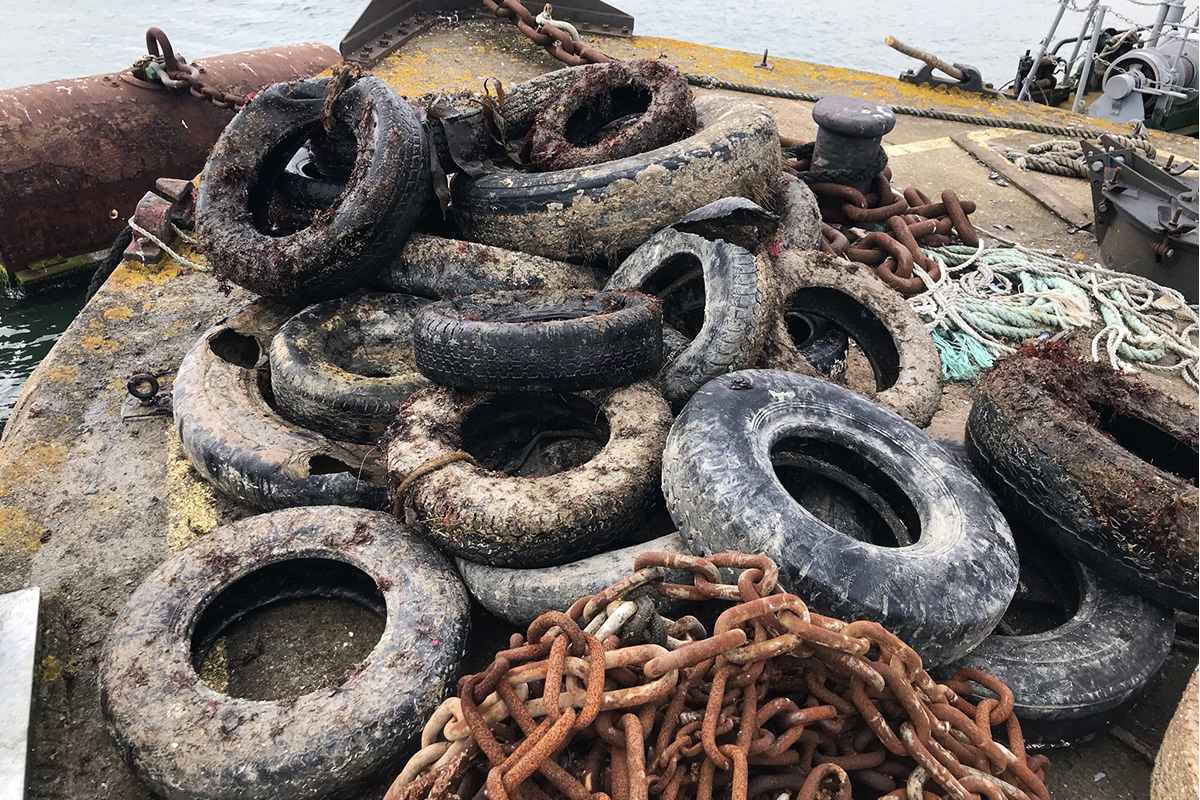
.jpg)
